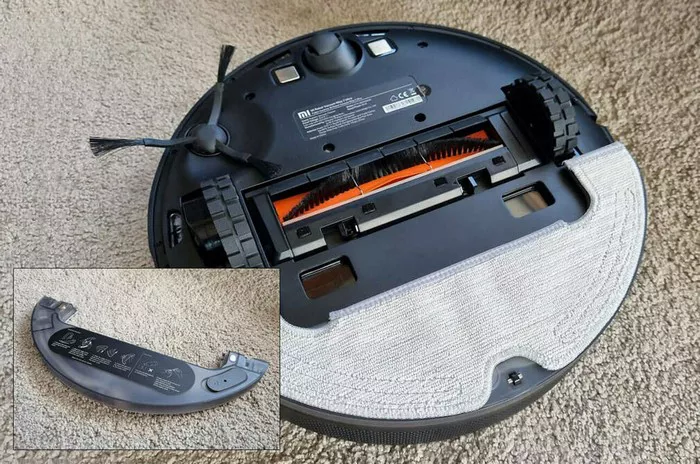In the realm of household cleaning, vacuum cleaners play a pivotal role in maintaining cleanliness and hygiene. With a myriad of vacuum cleaner models available in the market, consumers often find themselves overwhelmed by technical specifications and jargon. Among these specifications, Air Watts (AW) stands out as a crucial metric for evaluating the performance of vacuum cleaners. In this comprehensive guide, we delve into what AW signifies, its calculation, relevance in vacuum cleaner performance assessment, limitations, and practical tips for consumers.
Definition of Air Watts (AW)
Air Watts (AW) is a unit of measurement used to quantify the suction power of a vacuum cleaner. Unlike traditional watts, which measure the power consumption of the vacuum cleaner’s motor, AW takes into account both the airflow (in cubic feet per minute, CFM) and the vacuum’s ability to lift water. Essentially, AW provides a more accurate representation of a vacuum cleaner’s actual suction performance, considering its ability to lift debris effectively.
Difference Between AW and Regular Watts
It’s essential to differentiate between AW and regular watts to grasp their significance accurately. While regular watts denote the power consumed by the vacuum cleaner’s motor, AW reflects the machine’s suction capability, incorporating factors like airflow and water lift. In essence, regular watts indicate the energy consumption, whereas AW indicates the cleaning efficiency.
Calculation of Air Watts
The calculation of Air Watts involves a formula that considers both airflow (CFM) and water lift (in inches). The formula is as follows:
AW = (CFM×inchesofwaterlift) / 8.5
Here, CFM refers to cubic feet per minute, representing the volume of air moved by the vacuum cleaner’s motor, while water lift measures the vacuum’s ability to lift water, indicating its suction power.
Relevance of AW in Vacuum Cleaner Performance
AW serves as a more practical metric for evaluating vacuum cleaner performance compared to traditional watts. By factoring in both airflow and water lift, AW offers a comprehensive assessment of a vacuum cleaner’s suction capabilities. This metric enables consumers to make more informed decisions when selecting a vacuum cleaner, ensuring optimal cleaning efficiency for their specific needs.
Limitations of AW
While AW provides valuable insights into a vacuum cleaner’s suction power, it’s essential to acknowledge its limitations. AW alone may not provide a complete picture of a vacuum cleaner’s performance, particularly concerning factors like dust pickup efficiency and overall cleaning effectiveness. Consumers should consider additional factors alongside AW to make a well-rounded decision when purchasing a vacuum cleaner.
EU Regulations on Vacuum Cleaner Power
In recent years, the European Union has implemented regulations to limit the power consumption of vacuum cleaners. These regulations restrict motor power to 900 watts, aiming to promote energy efficiency and reduce environmental impact. Consequently, vacuum cleaner manufacturers have adjusted their designs to comply with these regulations, influencing AW ratings and prompting innovations in cleaner technologies.
Practical Tips
When selecting a vacuum cleaner, consumers should consider various factors beyond just AW to ensure they choose a model that best suits their needs:
1. Filter Types: Opt for vacuum cleaners equipped with high-quality filtration systems, such as HEPA filters, to capture allergens and fine particles effectively.
2. Motor Efficiency: Look for vacuum cleaners with efficient motors that strike a balance between power consumption and suction performance, ensuring optimal cleaning results while conserving energy.
3. Overall Design: Evaluate the overall design and functionality of the vacuum cleaner, considering aspects like maneuverability, versatility, and ease of maintenance to enhance user experience and convenience.
Conclusion
In conclusion, Air Watts (AW) serve as a valuable metric for assessing the suction power of vacuum cleaners, providing consumers with insights into their cleaning efficiency. While AW offers a practical means of comparison, it’s essential to consider additional factors such as filtration, motor efficiency, and design when selecting the ideal vacuum cleaner for household cleaning needs. By leveraging this knowledge, consumers can make informed decisions and achieve optimal cleaning results with their chosen vacuum cleaner.

